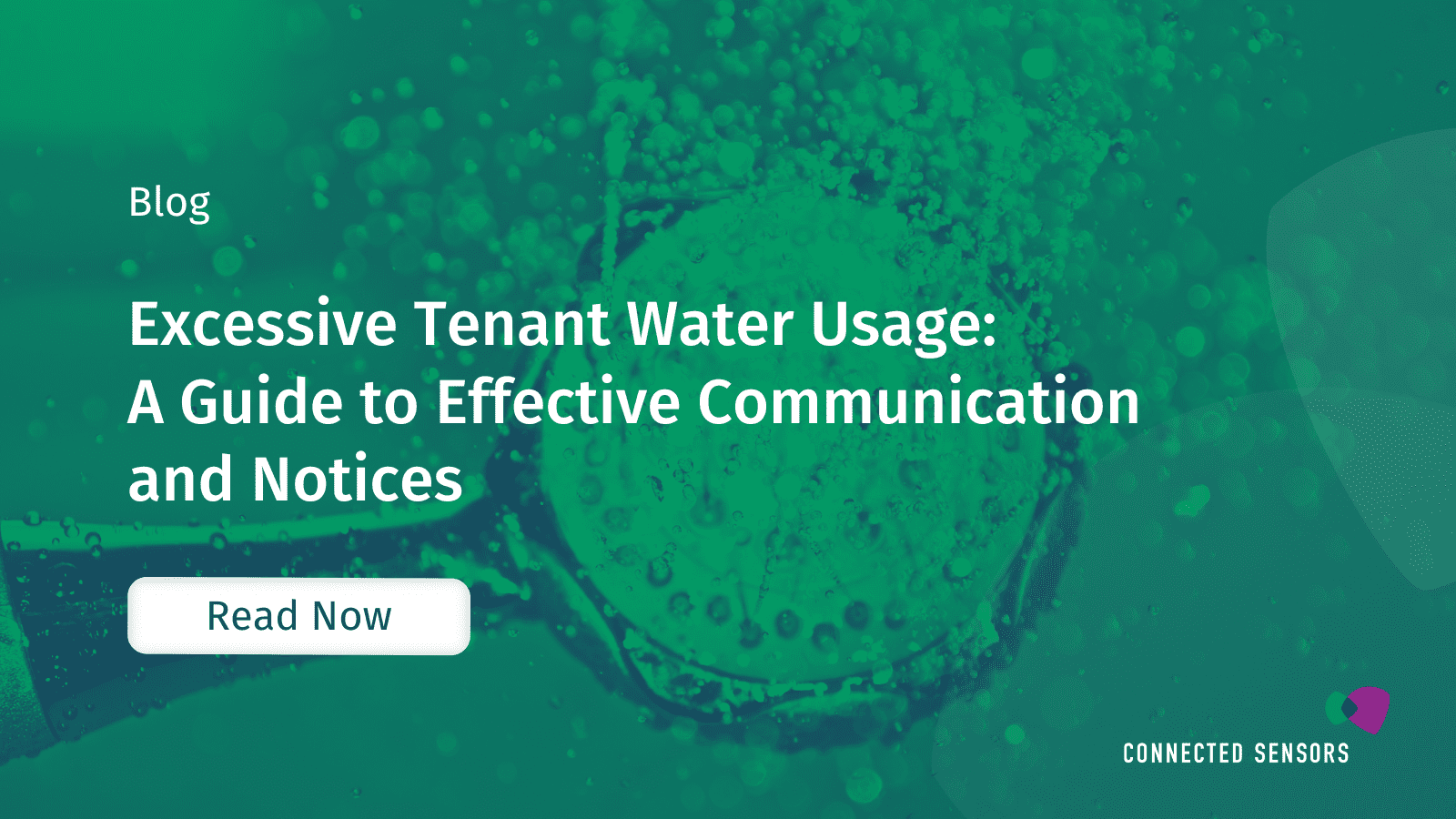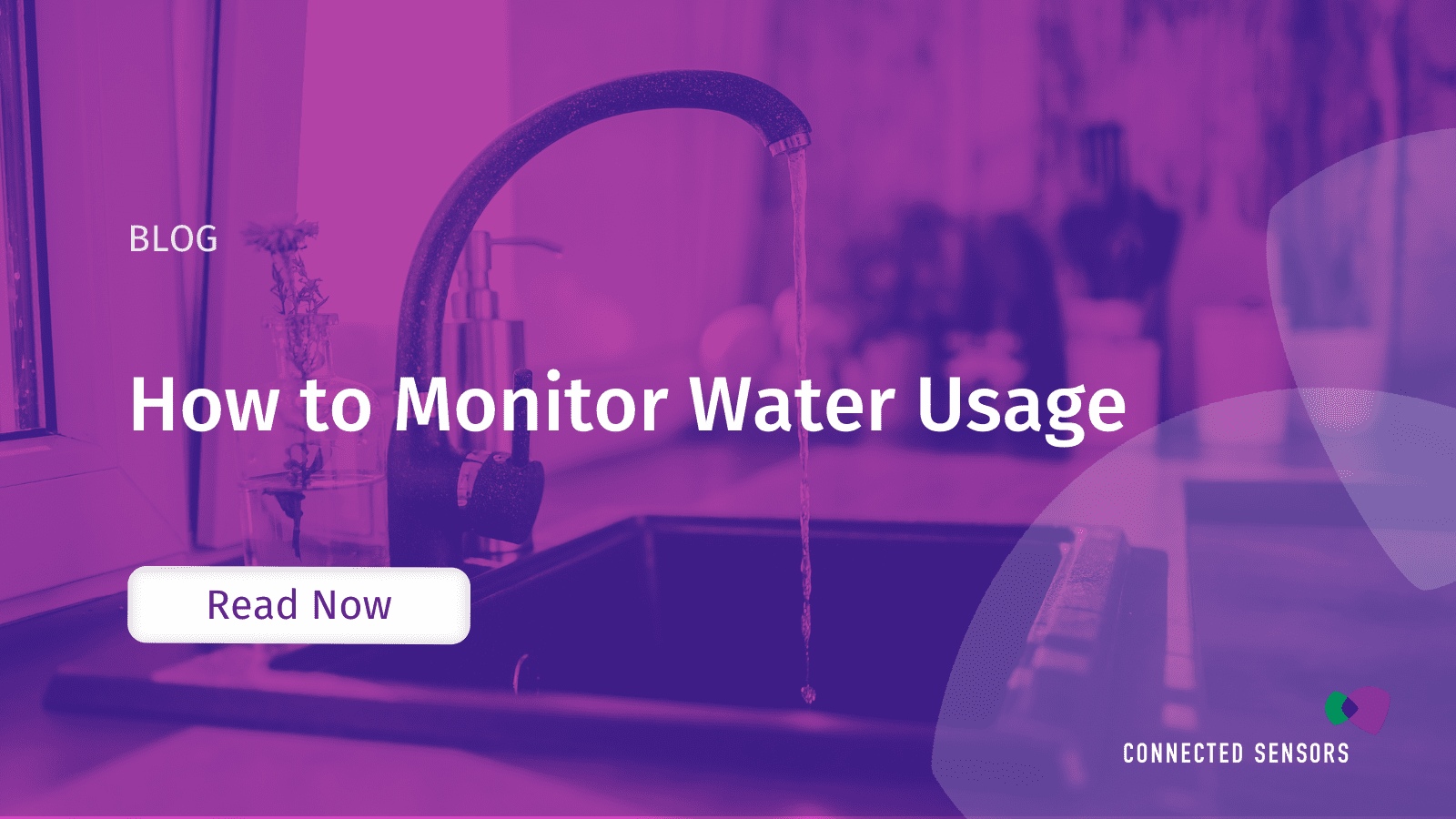





It’s easy enough to monitor the water usage in your home. After all, you receive a water bill each month that outlines it all in great detail.
But what about monitoring the water usage in your high rise building? Here at Connected Sensors, we offer smart water monitoring and water leak detection systems designed to help you do just that. However, it can sometimes be tricky to understand just how much of a difference a commercial water conservation effort can make in lowering your costs.
So let’s take a look at just how much water your building actually uses.Here are a few water usage facts that may shed some light onto this question.
According to research from REALPAC Canada – the Real Property Association Of Canada – the best practice range for water usage in commercial high rise buildings is between twelve and fifteen litres per square foot per year.However, most buildings don’t meet that best practice.
Another study, this one from South Staffs Water, estimates that commercial buildings use 59 litres per employee per working day, though the amount varies based on the age of the building and the part of the country the building is in. And while these are UK numbers, there’s no real reason to believe Canada’s would be drastically different.
In the REALPAC study, they estimate that if every high rise they studied to come to their conclusions could decrease their water usage to meet even the high end of the best practice range, they could save a total of two and a half billion litres of water every year. Perhaps not surprisingly, most of the inefficiency is in Ontario, where the study estimates the province could save more than one and a half billion litres of water every year. If we were able to do so, we could reduce greenhouse gas emissions by a total of 240,000 kilograms of carbon dioxide every year – just by not using the energy needed to treat water and pump it to where it’s needed.
That’s a lot of water…It’s with this in mind that Connected Sensors developed our Water Monkey smart water flow meter and ODEUS smart pipe leak detector. After all, beyond just running a business, we’re also committed environmentalists.And offering a solution that makes you more money, saves your building’s integrity, and reduces our collective carbon impact all at the same time just makes sense, doesn’t it? So when it comes to looking at how high rise landlords can reduce water expenses, we can help.
But what if you want to reduce your water usage at home as well? Connected Sensors’ services are designed for high rise buildings, but there are still ways to reduce your monthly water bills – and your carbon footprint – at home.
Let’s take a look.

In Canada, our average water use per capita is among the highest in the world. This is partially due to the abundance of fresh water we have within our borders, and relatively expansive access to it.The average Canadian uses 251 litres of water per day.Contrast that with our counterparts in the United States, who use 227 litres per capita per day.
According to data from York Region government research, this usage breaks down as follows:
It might not be surprising to see that most water usage happens in the washroom, but did you know that a lot of that comes from your toilet?It makes sense, to a certain extent – even the highest efficiency toilets use a few litres each time they flush, and you’ll likely use them a few times a day. However, it’s estimated that a particularly aggressive leaking toilet can waste up to two hundred thousand litres of water per year.
Yes, you read that right – nearly a quarter of a million litres of water, wasted!In older homes without high efficiency appliances, water usage is higher.Older shower heads can use 20L of water per minute, while new showerhead regulations limit them to 9.5L of water per minute.And of course, a lot of water goes into every load of laundry you do as well.Each load uses an average of 94L of water, compared to a shower using an estimated 40L of water and a dishwasher load using 23L of water.
So you can see some areas where you can improve on your water usage in your home. But what if you’re a condo building owner? The numbers in each of your individual condo units will add up quickly.In some cases such as in Ottawa, municipalities are moving toward a tiered system for water billing, which may base charges off of bulk meters. It’s important to closely monitor your water usage to keep your water bill down.
Water bills add up quickly, and it’s important to monitor each area of water consumption to reduce your overall water use. If you’re a high rise building owner or manager, Connected Sensors can help. Contact us today to find out more about how we can help you significantly reduce your monthly water bill, save your building from water damage, and reduce your carbon footprint, all at the same time.
© 2023 All rights reserved